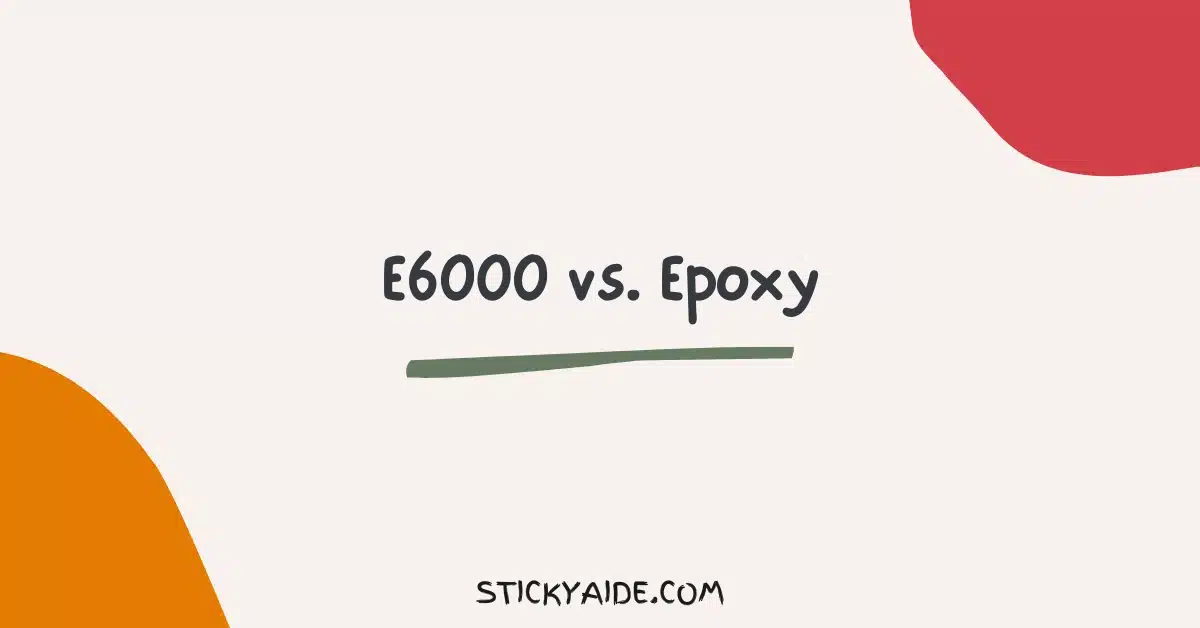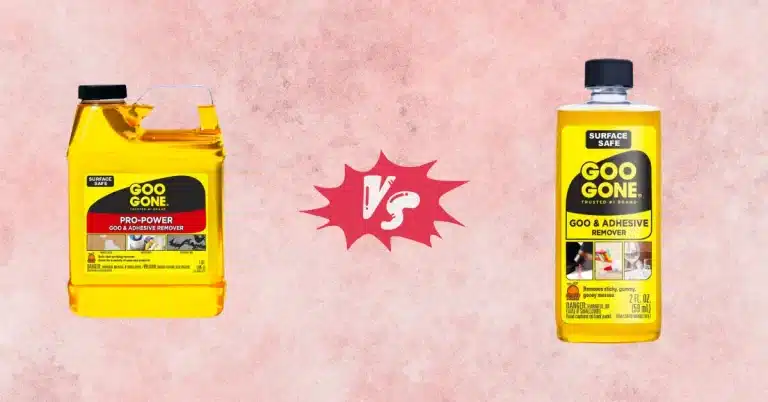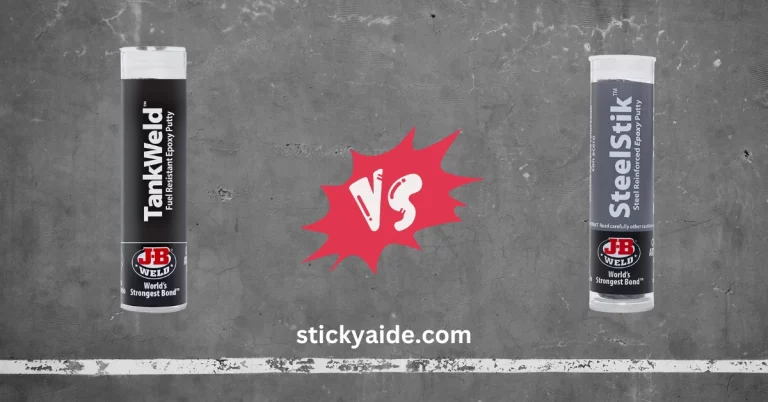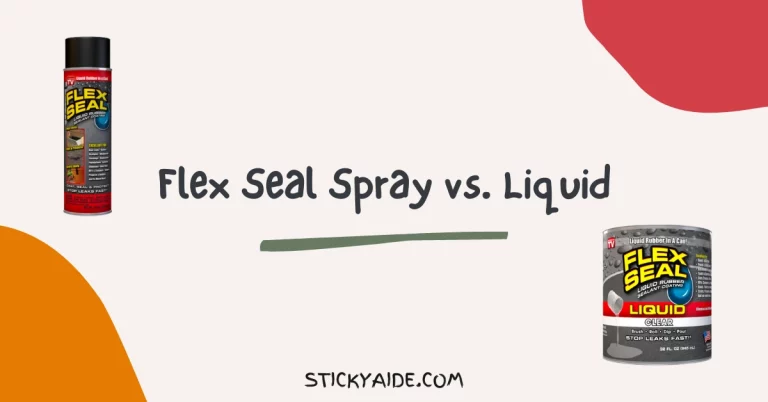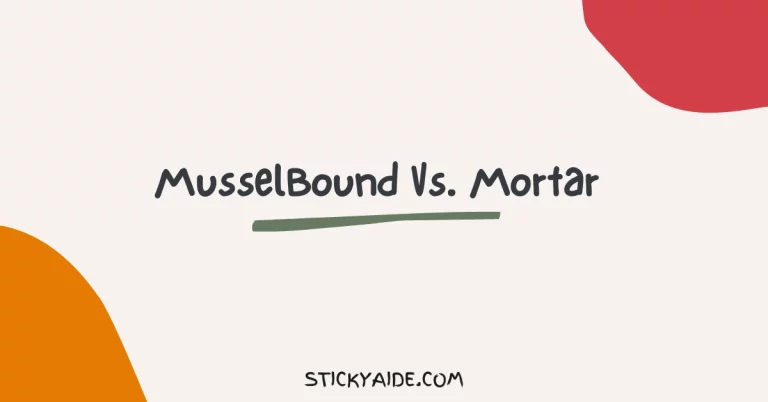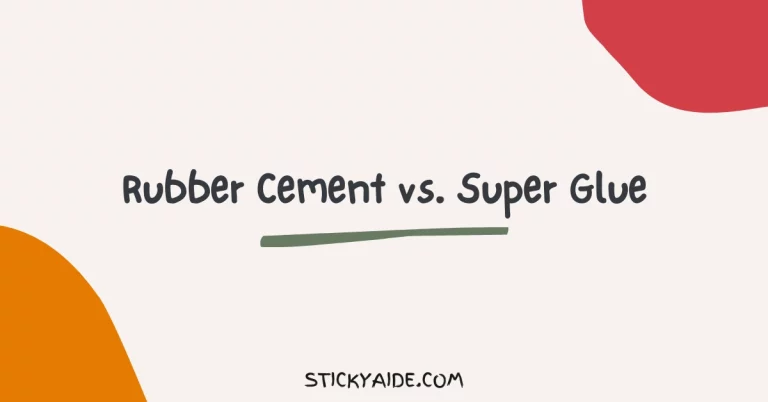If you’re looking for glue for repairing, fixing, or some DIY projects around your house, you might be looking for a suitable glue. There are more than a few factors to consider when looking for the right kind of adhesive for you, and widely varied options are available in the market.
E6000 is an industrial-grade, strong glue with various purposes. On the other hand, you can use Epoxy for various creative and DIY projects. So, in the battle between E6000 vs. Epoxy, which one should you side with and why?
Read More: E6000 vs. B7000
E6000 vs. Epoxy
Overview of E6000
The E6000 is a high-strength, industrial-grade adhesive manufactured by Eclectic Products. E6000 has superior bonding capabilities and forms a durable and robust bond once fully cured.
E6000 is versatile and works with various materials like – wood, metal, glass, fiberglass, ceramics, concrete, masonry, and more. Since it works well with these materials, you can use E6000 for various repairs and fixes around your house or office. Furthermore, the E6000 also has strong bonding capabilities for multiple plastics, leather, rubber, and more.
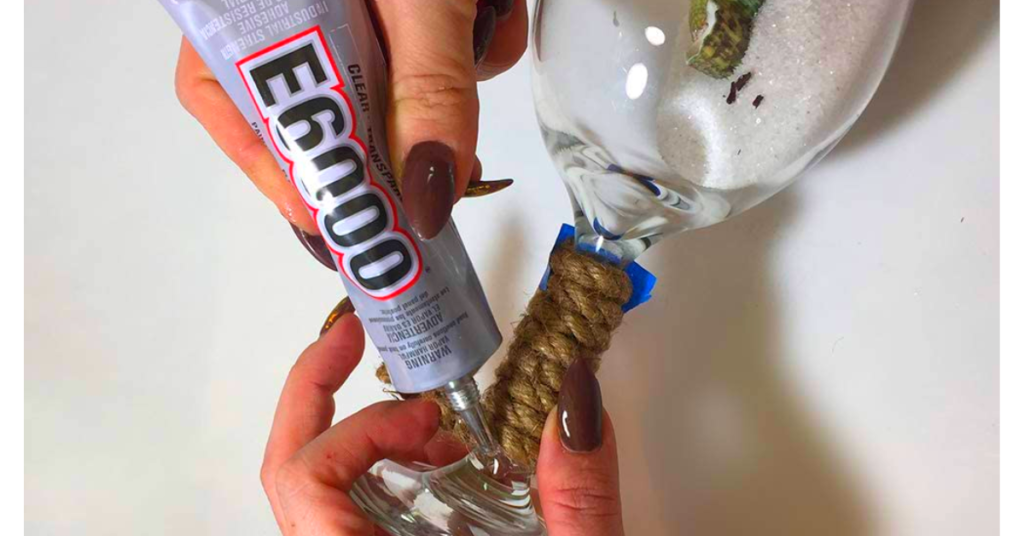
The E6000 is based on high-grade polyurethane and forms a permanent bond once fully cured. You can use it for materials with a risk of being exposed to dilute acid or caustics since it is chemical resistant. Furthermore, the E6000 is also abrasion resistant, making it suitable for securing objects against wear and tear.
The E6000 has a robust performance with a tensile strength of 3500 lb/in2 and a shore hardness rating 80. If you want, you can paint over objects you have used E6000 on; for example, you can paint the surrounding area for UV resistance. The E6000 does not work well with Styrofoam, Polystyrene, Polyethylene, or Polypropylene.
Overview of Epoxy
Epoxy is a strong glue for various repair or DIY projects and comprises a two-part formula. Epoxy typically consists of a hardener and a resin, which you must mix into a moldable paste for application.
You can use Epoxy for repairing various components indoors and outdoors since it is versatile with materials it sits well with. Epoxy works well with wood, ceramic, glass, metal, and rubber.
Once it’s fully cured, the strength of Epoxy is one of its most notable features. Once Epoxy is fully cured, it forms a robust and durable bond. Furthermore, Epoxy can also withstand stress and strain once it has fully formed a bond.
You can use Epoxy to fill gaps or cracks, making it ideal for repairs around various kitchen components, like cabinets or sinks. You can use Epoxy in damp conditions since it is water-resistant. Epoxy is an excellent choice for repairing gutters or roofing.
Read More: E6000 Vs. Gorilla Glue
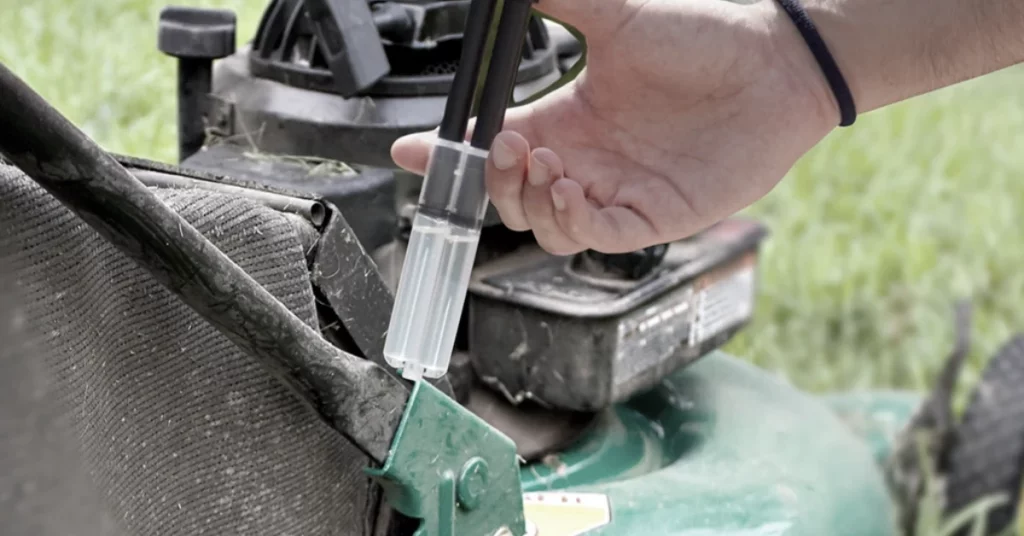
Epoxy must be adequately mixed, but it should not be complicated, even if you’re a beginner. You can use standard household tools like – a plastic spatula and a putty knife for mixing and applying the adhesive.
Various manufacturers manufacture Epoxy, and you can purchase them in multiple sizes suitable to your particular needs.
Differences Between E6000 And Epoxy
Now let’s examine how E6000 and Epoxy differ.
Suitable Materials
E6000 and Epoxy are both versatile when it comes to materials they bond well with.
E6000 works well with – wood, metal, glass, fiberglass, ceramics, concrete, masonry, leather, rubber, and more.
On the other hand, Epoxy works well with – wood, ceramic, glass, metal, rubber, and more.
Flexibility
E6000 forms an industrial-grade bond once fully cured but remains flexible.
On the other hand, Epoxy does not form a flexible bond once cured.
Curing Time
E6000 has a set time of around 20 minutes, with materials used, humidity, and temperature directly factoring into the time needed. Once set, a complete cure can take up to 24 hours if you use a thin coat and 48 hours for a thick coat.
On the other hand, a complete cure of Epoxy can take up to several days.
Read More: Super Glue And Baking Soda Vs. Epoxy
Is E6000 glue better than epoxy?
E6000 glue and epoxy have different properties and uses. Epoxy is generally stronger and cures faster, while E6000 glue is more flexible and versatile across various materials. Epoxy has better chemical resistance, but both can have strong odors. The choice depends on specific needs and materials being used.
Is E6000 glue strong?
Yes, E6000 glue is known for its strong bonding strength. It provides a durable and reliable bond between various materials. It is commonly used for strong adhesive applications, such as bonding metal, glass, fabric, leather, wood, and plastics.
E6000 glue’s strength is attributed to its formulation, which allows it to create a resilient and long-lasting bond. However, following the manufacturer’s instructions for proper application and curing is important to ensure the best results.
Is epoxy the strongest glue?
Epoxy is often considered one of the strongest adhesives available. It is known for its exceptional bonding strength and durability. When properly mixed and applied, epoxy forms a strong chemical bond between various materials, including metals, plastics, ceramics, and wood.
It can withstand heavy loads, resist impact, and provide excellent structural integrity. However, it’s worth noting that the strength of epoxy can vary depending on the specific formulation and brand. Additionally, the strength of the bond can also be influenced by surface preparation and proper application techniques.
Last Opinion
So, which one should you side with in the battle between E6000 vs. Epoxy? It depends on you and the purpose you need an adhesive. Consider curing time, suitable materials, and bonding strength while picking between the two.
Furthermore, E6000 cures much faster, so consider curing time as well. E6000 should also be your pick if you need flexible glue after a complete cure.

